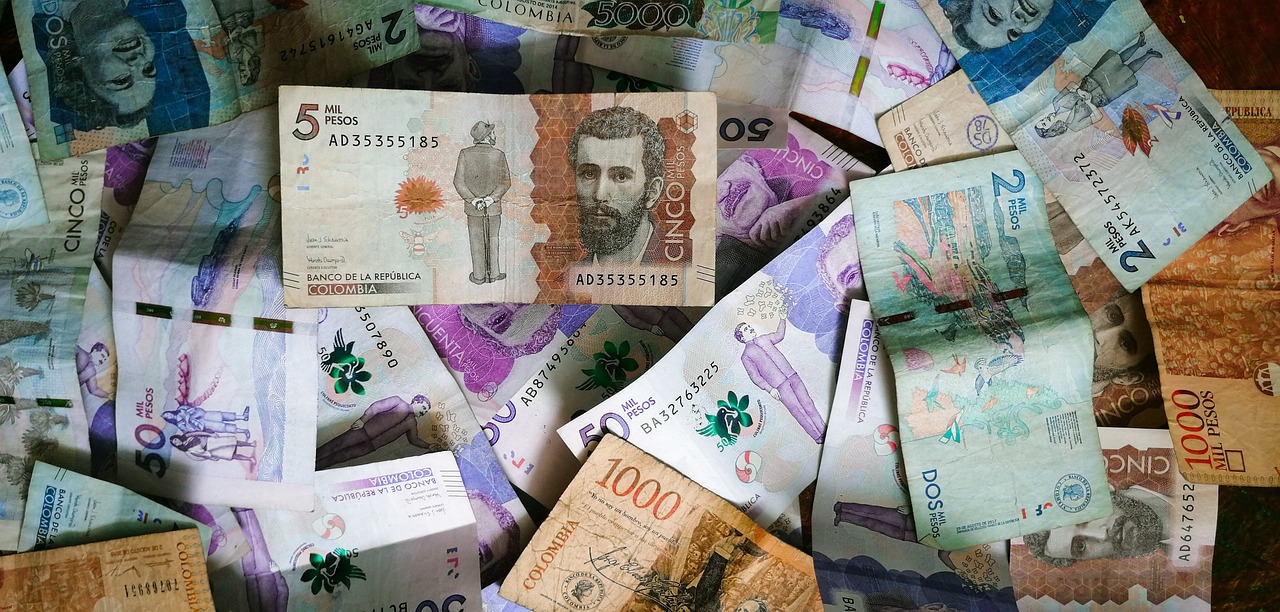How Long Does It Take for a Bank Account Payment to Process? Essential Information You Need to Know to Make Payments Smoothly!
GPT_Global - 2024-02-09 06:30:02.0 284
How long does it take for a bank account payment to go through?
How long does it take for a bank account payment to go through?
Bank account payments are a common form of remittance, allowing individuals to transfer money from one bank account to another. Many people rely on this method of payment for various reasons, such as sending money to friends and family or making regular payments. But how long does it take for a bank account payment to actually go through? Let's explore the process and timeline.
The time it takes for a bank account payment to go through can vary depending on several factors. One of the main factors is the type of payment system used by the bank. If both the sending and receiving banks are using the same payment system, the transaction can be completed almost instantly. However, if different payment systems are used, it can take longer for the payment to reach its destination.
Another factor that can affect the processing time is the time of day the payment was initiated. Most banks have cut-off times for processing payments, which can range from late afternoon to early evening. If the payment is initiated after the cut-off time, it may not be processed until the next business day.
Additionally, the amount being transferred can also impact the processing time. Smaller amounts usually have faster processing times than larger amounts. This is because larger amounts need to go through additional security checks to ensure the legitimacy of the transfer.
In general, a bank account payment can take anywhere from a few hours to a few business days to be processed. Some banks also offer expedited transfer options for an additional fee, which can significantly reduce the processing time.
It's important to note that international bank account payments may take longer to go through due to the involvement of multiple banks and different currencies. It's always best to check with your bank about their specific processing times for international transfers.
In conclusion, the timeline for a bank account payment to go through can vary based on several factors, but it usually takes a few hours to a few business days. If you need to make urgent payments, be sure to check with your bank for any expedited options available. Utilizing a reliable and efficient remittance service can also help speed up the process and ensure your payment reaches its destination without any delays.

What information do I need to provide when paying with a bank account?
When making a payment through a remittance business, it is important to understand the information that is required when using a bank account. This ensures that your transaction goes smoothly and without any unnecessary delays or issues.
The first piece of information you will need is your bank account number. This is a unique identification number that is assigned to your bank account. It can usually be found on your bank statement or debit card. Make sure to double check the number for accuracy before providing it to the remittance business.
You will also need the name and address of the bank where your account is held. This information is necessary for the remittance business to ensure they are transferring funds to the correct bank and account.
In some cases, the remittance business may also require the routing number of your bank. This is a nine-digit code that identifies the location of your bank and helps facilitate the transfer of funds. You can usually find this number on your checks, or by contacting your bank directly.
If you are sending money internationally, you may also need to provide the SWIFT code of your bank. This is an international bank code that allows for secure communication between banks and is necessary for international wire transfers.
Lastly, you will need to provide the amount you want to send and the purpose of the transaction. This could be for personal reasons, such as sending money to family or friends, or for business purposes.
By providing all of this information accurately and completely, you can ensure that your payment is processed smoothly and efficiently through the remittance business. It is always a good idea to double check all information before submitting to avoid any potential errors.
Can I use a joint bank account to make payments?
Joint bank accounts are a popular way for couples and families to manage their finances together, but can they also be used for making payments through a remittance business? The answer is yes, but there are some things to keep in mind before using a joint bank account for this purpose.
The first thing to consider is whether the remittance business accepts payments from joint bank accounts. Most businesses will have this information available on their website or through customer service. If they do accept payments from joint accounts, the next step is to make sure that both account holders are aware and in agreement with using the account for remittance purposes. This is important because any transactions made from the joint account will be visible to both parties, even if only one person initiated the payment.
Another factor to consider is the potential for misunderstandings or disputes between the joint account holders. In the event of a disagreement, it may be difficult to determine who authorized the payment and for what purpose. This could lead to complications and delays in the remittance process. It is important to have clear communication and understanding between all parties involved in the joint account.
Additionally, using a joint bank account for remittance payments may not be the most efficient option. Since both account holders have access to the funds, it may be more complicated to track and manage expenses. It may be more convenient for each individual to have their own personal account for remittance purposes.
In conclusion, it is possible to use a joint bank account for remittance payments, but it is important to consider the potential risks and challenges involved. Make sure to check with the remittance business and have clear communication with all joint account holders before proceeding with this option.
Are there any restrictions on which bank accounts can be used for payments?
When it comes to making international payments through a remittance business, one of the most important factors to consider is the bank account that will be used for the transfer. As with any financial transaction, there may be certain restrictions on which bank accounts can be used for payments.
One common restriction is based on the type of account. Most remittance businesses will only accept payments from personal bank accounts, not business accounts. This is because personal accounts are typically used for individual transactions, while business accounts may be used for larger and more complex transactions.
Another potential restriction is related to the currency of the bank account. Some remittance businesses may only accept payments from accounts in specific currencies, depending on the countries involved in the transfer. For example, if you are sending money from the United States to Mexico, the remittance business may require that your bank account is in US dollars.
The age of the bank account holder may also be a consideration. Some remittance businesses may only accept payments from individuals over a certain age, as a way to prevent fraudulent transactions or money laundering. They may also require that the bank account has been open for a certain amount of time before it can be used for international payments.
Additionally, some remittance businesses may have their own specific restrictions on which bank accounts they accept. It is important to check with the particular business you are using to understand their requirements and ensure that your chosen bank account is eligible for payments.
Overall, while there may be some restrictions on which bank accounts can be used for international payments through a remittance business, there are usually multiple options available. It's always best to do your research and communicate with the remittance company to ensure a smooth and successful transfer.
Is there a limit on how much I can pay using a bank account?
When it comes to sending money overseas, many people turn to their bank accounts as a convenient and secure option. But is there a limit on how much you can actually send using this method? The short answer is yes, there is typically a limit on the amount of money you can transfer through your bank account for remittance purposes. The exact limit varies between banks and countries, but it is usually determined by a combination of factors such as government regulations, internal policies of the bank, and your own financial history. In most cases, the limit is set to prevent money laundering and other fraudulent activities. While the specific amount may differ, it is common for banks to have a daily or monthly limit on outgoing international transfers. This means that you can only send up to a certain amount of money within a given time period. For example, your bank may have a daily limit of $5,000 or a monthly limit of $10,000 for remittance transactions. If you need to send more than the set limit, you may need to complete additional steps or provide more information to your bank. This could involve filling out extra forms, providing proof of the source of funds, or obtaining special approval from the bank's compliance team. Keep in mind that these measures are in place to protect both you and the bank from potential risks. It's important to note that some banks may also charge a fee for large international transfers. This fee can vary based on the amount being transferred, the destination country, and the specific bank's policies. Before initiating a remittance transaction through your bank account, it's best to check with your bank to understand any limits or fees that may apply. In conclusion, while there may be a limit on how much you can pay using a bank account for remittance purposes, it is usually in place to safeguard against fraudulent activities. Knowing your bank's specific limits and fees can help you plan your international money transfers accordingly. And if you need to send more than the set limit, be prepared to provide additional information or consider using alternative remittance methods.
About Panda Remit
Panda Remit is committed to providing global users with more convenient, safe, reliable, and affordable online cross-border remittance services。
International remittance services from more than 30 countries/regions around the world are now available: including Japan, Hong Kong, Europe, the United States, Australia, and other markets, and are recognized and trusted by millions of users around the world.
Visit Panda Remit Official Website or Download PandaRemit App, to learn more about remittance info.


